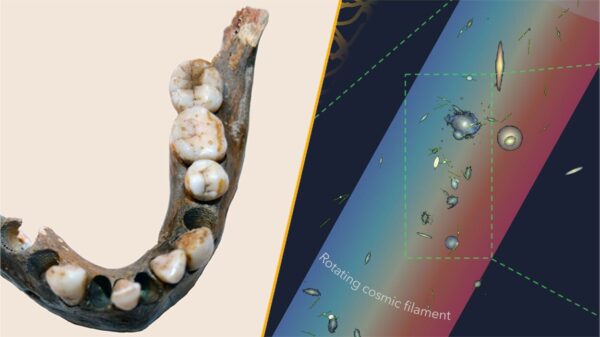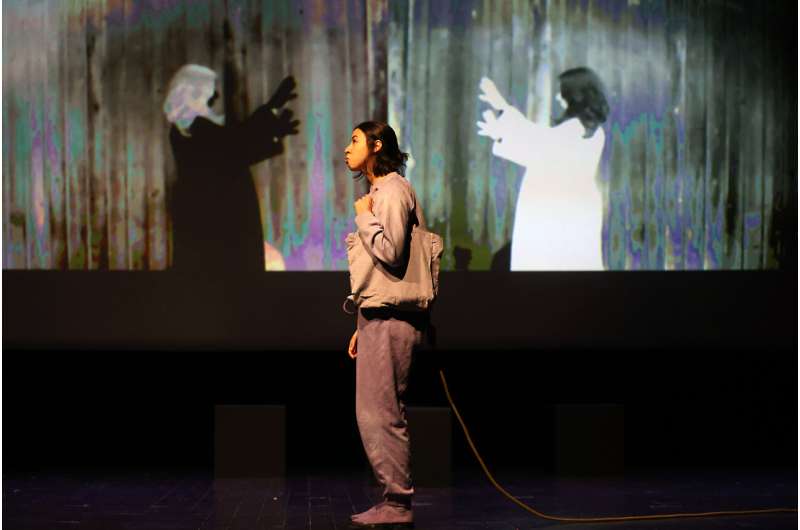A Portuguese theater company has launched a unique initiative to address the stigma surrounding bipolar disorder through its latest production, titled Oxímoro, entre Solstícios e Equinócios (Oxymoron, Between Solstices and Equinoxes). This play, performed by the Marionet theater company, blends artistic expression with scientific research, aiming to educate the public about the complexities of mental health issues.
The play, which ran from March 20 to 24, 2024, at the BlackBox of Convento São Francisco in Coimbra, was developed in collaboration with medical professionals and researchers. It sought to enhance public understanding of bipolar disorder and reduce stigma by presenting the condition in a relatable manner. This effort is particularly significant given the pervasive misconceptions surrounding the illness, often trivialized by casual references to mood swings.
According to a trailer promoting the play, people frequently make light of mood variations, claiming, “I’m already a bit bipolar.” However, the creators emphasize that bipolar disorder is a serious condition with biological underpinnings. This perspective is crucial in fostering a more informed dialogue about mental health.
The project involved extensive collaboration with the Integrated Psychiatry Responsibility Center of the Coimbra Hospital and University Center, along with contributions from the Center for Neuroscience and Cell Biology at the Universidade de Coimbra. Mário Montenegro, a key figure in the project, noted that the integration of scientific insights was a priority from the outset. This included gathering direct testimonies from patients, healthcare professionals, and families, which informed the play’s narrative structure.
The script comprises various scenes that portray different characters and situations related to bipolar disorder, rather than focusing on a single storyline. This approach allows for greater emotional engagement and personal identification among the audience, which was a critical aspect of the production. Following each performance, audience members were invited to complete a questionnaire, with around 54 of the approximately 300 attendees responding. Montenegro remarked on the strong emotional impact of the play, highlighting how it resonated deeply with viewers.
Analysis of the questionnaire responses revealed that emotional engagement significantly aided audience comprehension and retention of information about bipolar disorder. The play’s design aimed to foster empathy and understanding, thereby helping to dismantle stereotypes associated with mental illness. Montenegro believes that emotion, when purposefully integrated into the narrative, can enhance the accuracy of the message, motivating audiences to explore the topic further.
The findings from this initiative are documented in a paper titled “Theatre and bipolar disorder: dealing with emotions,” co-authored by Montenegro, Silvia Carballo, and Francisca Moreira. This research is part of a special issue of the Journal of Science Communication, which addresses the intersection of emotions and science communication.
Luisa Massarani, a researcher at the Brazilian Institute of Public Communication of Science and Technology, emphasized the significance of theater as a medium for engaging audiences in health topics. She noted that while emotions play a vital role in science communication, they remain under-researched. Massarani hopes that this initiative will inspire further exploration into how emotional narratives can enhance public understanding of scientific issues.
The success of Oxímoro, entre Solstícios e Equinócios underscores the potential of theater to bridge the gap between scientific knowledge and public perception, paving the way for more informed conversations about mental health. As the stigma surrounding bipolar disorder continues to be challenged, creative projects like this one may serve as powerful tools in fostering empathy and understanding across diverse audiences.






































































